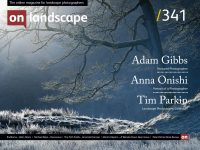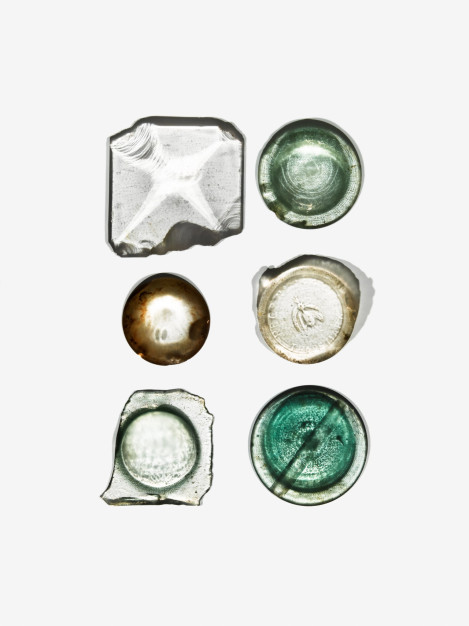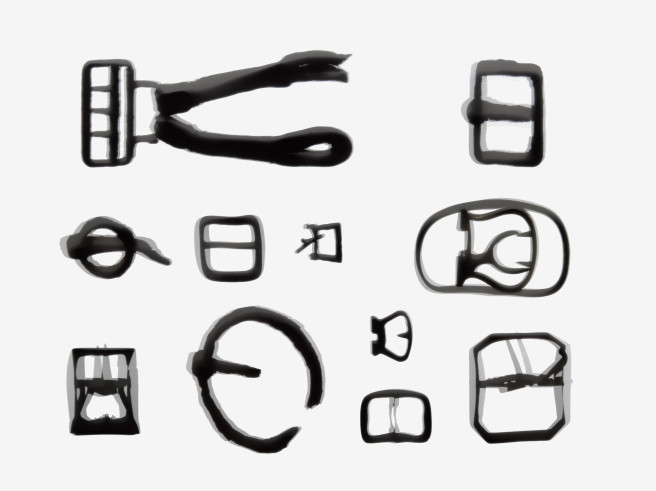Exhibition at Four Corners Gallery, London

Michael Thomas
Michael Thomas was born in Birmingham, England. He is the first of his family to go to university. Michael attended Bournville School of Art, then the London College of Printing and The London College of Communication. His work deals with location, space, time and memory. The work is mostly evidential, alluding to experiences that are impossible to convey in an exact representational way. Michael's work has appeared in books and magazines in the UK, USA, Japan and Europe for over two decades. He lives and works in London, England.

Monika Buttling-Smith
Monika Buttling-Smith is a London Mudlark, scouring the banks of the River Thames for historic artefacts. She is a member of the Society of Thames Mudlarks and is a leading figure in the Mudlark community, managing an online forum with over 120 thousand members. Her finds have been featured in numerous illustrated books and academic papers, and her mudlarking experiences have been documented on podcast, television and film.
The water-way, so fair above and wide below, flows oppressed by bricks and mortar and stone, by blackened timber and grimed glass and rusty iron, covered with black barges, whipped up by paddles and screws, overburdened with craft, overhung with chains, overshadowed by walls making a steep gorge for its bed, filled with a haze of smoke and dust.
br> It is a thing grown up, not made. It recalls a jungle by the confused, varied, and impenetrable aspect of the buildings that line the shore, not according to a planned purpose, but as if sprung up by accident from scattered seeds. Like the matted growth of bushes and creepers veiling the silent depths of an unexplored wilderness, they hide the depths of London’s infinitely varied, vigorous, seething life.~Joseph Conrad, Mirror of the Sea, 1906
Ebb-Tide is a collaboration between Michael Thomas, photographer, and Monika Buttling Smith, mudlark. It is a photographic representation and interpretation of Monika’s ten year archive of finds and artefacts from the Thames foreshore. The objects date from the Roman occupation of Britain up to the present and are mostly ordinary objects, common in their time, discarded by their owners, washed by the tidal Thames until picked up by Monika. The work shows the surfaces, shapes and energies brought to bear upon the objects by the river, the distortions of time and tide, the patination, delamination, oxidisation and transfiguration that the river imparts. The works aim to elevate the found objects showing neither their context, nor their provenance but concentrate on their emotional resonance.
The visitor is invited to think about ideas of waste and longevity, triviality and importance, of tenacity, materiality, and worthlessness, about legacy and sustainability and the two way cultural traffic of London’s great river.
The collected photographs, when sequenced, look like a hieroglyphic language, as though they have a message embedded within them. They speak of the things that have gone on down in the river over millennia. They have a violent overtone despite being spare, organised, and de-contextualised.
They invite a narrative that is the consequence of the viewers imagination and life experience. They are not silent specimens, or fetish objects – They have a life that endures even without their owner or user. A life that can be given to them by the viewer.
The objects may be our own future – they are proof of a life submerged and as sea levels rise, more of the commonplace in our lives, the ordinary useful things, will find their way into a subaquatic existence. Questions come to light...Will there be anyone to view these things in the future? They may exist but will they be scrutinised by humans or overlooked? The objects will no doubt be seen by other eyes but will those eyes give rise to ideas of narrative and history or will they be unmoved by the redundant objects that are neither animate nor food. Like the medium of photography, the objects give evidence of a fixed time and place, alluding to a past life whilst being before us in the present, showing fixity, permanence and evidence of their journey in time.
Exhibition
- 19th - 22nd June. 11am-6pm (Closed Monday and Sunday)
- Four Corners Gallery, 121 Roman Road, Bethnal Green, London E2 0QN.
- Admission Free
- Private View Thursday 20th June 6-8.30pm
- All welcome - RSVP social



